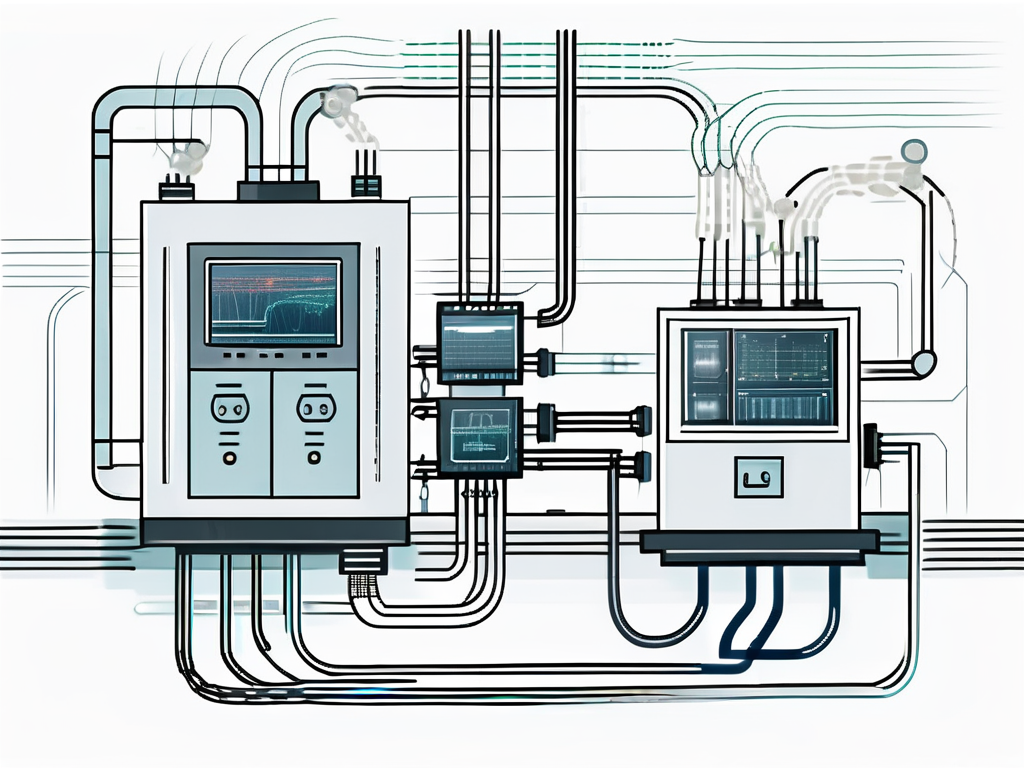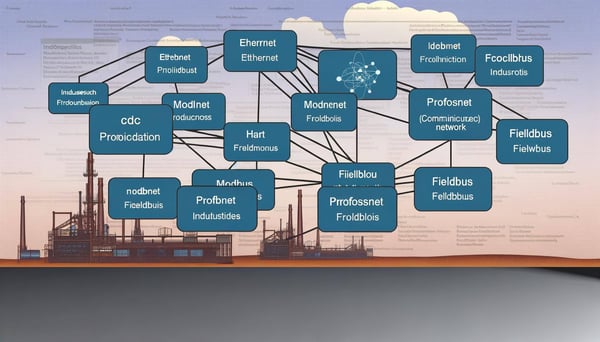
Fundamentals of HostLink Protocol
In the world of industrial automation, protocols play a pivotal role in facilitating seamless communication between devices. One such protocol that has been gaining popularity due to its simplicity and efficiency is the HostLink Protocol. Developed by Omron, a global leader in the field of automation, HostLink Protocol is a serial communication protocol that allows communication between a host computer and Omron PLCs (Programmable Logic Controllers).
Understanding HostLink Protocol
HostLink Protocol is a proprietary protocol developed by Omron. It uses an ASCII-based communication method that allows for easy interpretation of data. This protocol is designed to be used with Omron's C-series PLCs, which are widely used in various industrial applications.
The HostLink Protocol operates in a master-slave configuration, where the host (usually a computer) sends a command, and the PLC responds. The protocol uses a simple command structure, which makes it easy to implement and use.
Key Features of HostLink Protocol
HostLink Protocol offers several key features that make it a preferred choice for many industrial applications. First, it supports both cyclic and non-cyclic communication. This means that it can handle both continuous data exchange and one-time data transfers.
Second, it allows for multi-drop communication. This means that multiple PLCs can be connected to a single host, allowing for efficient data exchange between multiple devices. Furthermore, the protocol supports both point-to-point and point-to-multipoint communication, providing flexibility in network design.
Implementing HostLink Protocol
Implementing HostLink Protocol in your industrial automation setup can be a straightforward process, thanks to its simple command structure and compatibility with Omron's PLCs. However, it's important to understand the basics of the protocol to ensure a successful implementation.

First, you need to set up the communication parameters on both the host and the PLC. These parameters include the baud rate, data bits, stop bits, and parity. Once these parameters are set, you can start sending commands from the host to the PLC.
Command Structure
The command structure of HostLink Protocol is simple and straightforward. Each command starts with an '@' symbol, followed by the node address, command code, and data. The command ends with an '*' symbol, followed by a checksum. This simple structure makes it easy to create and interpret commands.
For example, to read the contents of a memory area in the PLC, you would use the 'RD' command. The command would look something like this: '@00RD00000000*xx', where '00' is the node address, 'RD' is the command code, '00000000' is the data (in this case, the memory address), and 'xx' is the checksum.
Benefits of Using HostLink Protocol
There are several benefits to using HostLink Protocol in your industrial automation setup. First, the protocol's simplicity makes it easy to implement and use. This can save you time and resources in setting up and maintaining your communication network.
Second, the protocol's compatibility with Omron's PLCs makes it a reliable choice for many industrial applications. Omron's PLCs are known for their durability and performance, making them a preferred choice for many industries.
Efficient Data Exchange
One of the key benefits of HostLink Protocol is its ability to facilitate efficient data exchange. The protocol's support for both cyclic and non-cyclic communication allows for continuous data exchange, ensuring that your devices are always up-to-date with the latest data.
Furthermore, the protocol's multi-drop communication capability allows for efficient data exchange between multiple devices. This can be particularly useful in large industrial setups where multiple PLCs are used.
Conclusion
In conclusion, HostLink Protocol is a powerful tool for industrial automation. Its simplicity, compatibility with Omron's PLCs, and ability to facilitate efficient data exchange make it a preferred choice for many industries. Whether you're looking to implement a new communication protocol or upgrade your existing setup, HostLink Protocol offers a reliable and efficient solution.

As with any technology, it's important to understand the basics of HostLink Protocol to ensure a successful implementation. With a basic understanding of the protocol's command structure and communication parameters, you can start leveraging the benefits of HostLink Protocol in your industrial automation setup.



